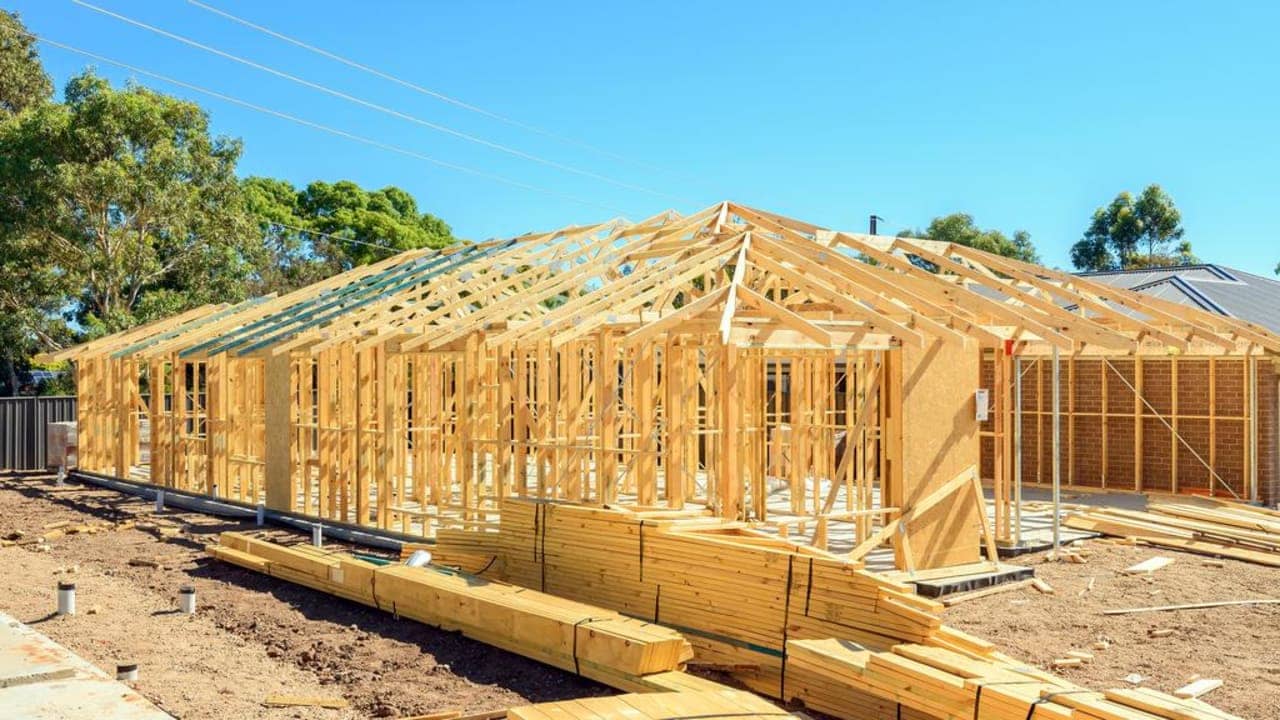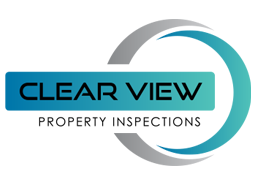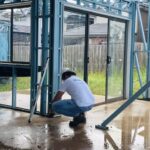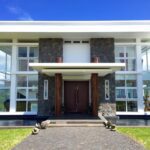Tips for a Smooth Building Inspection Experience
Understand the building inspection limitations
Non-invasive
Pre-purchase building inspections usually don’t involve cutting into walls or ceilings to check the internal components of a structure. Understanding this, it’s worth noting they may not uncover hidden issues that aren’t visible during the inspection.
Limited scope
During building inspections, assessors usually check the easily accessible areas of a property. If there are hard-to-reach spaces like crawl spaces or attics, it can be tough for the inspector to examine the roof.
Time constraints
Building inspections are usually done within a set time, so the inspector may not be able to check every single thing in detail. This means that some problems might be missed because of time limits.
Weather conditions
Weather can also affect the assessment, like when rain makes it hard to fully check the roof and exterior of a property. Keep in mind that while Pre-Purchase Building Inspections can uncover important information, they may not catch every issue, and some problems could show up after you’ve bought the property.

Natural light is not only aesthetically pleasing, but it also has numerous benefits for occupants. Our inspections evaluate the adequacy of daylighting in buildings and assess the distribution of natural light.







